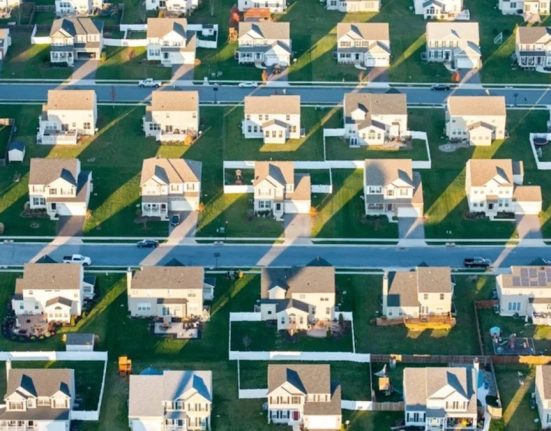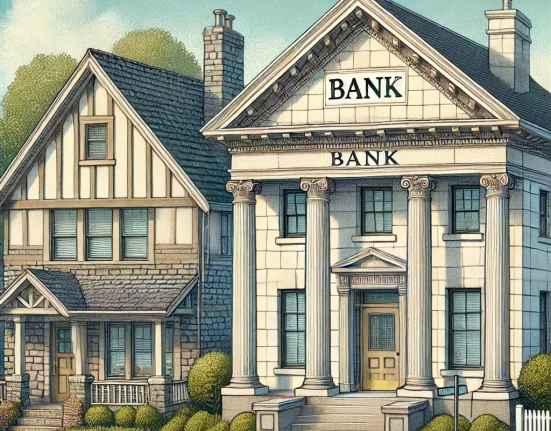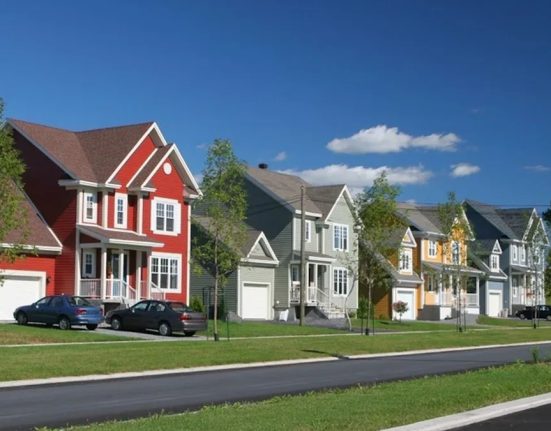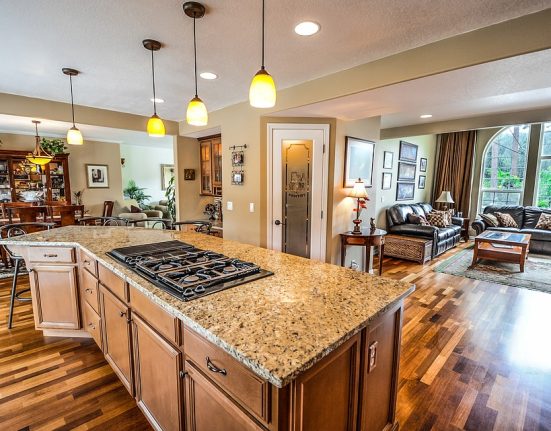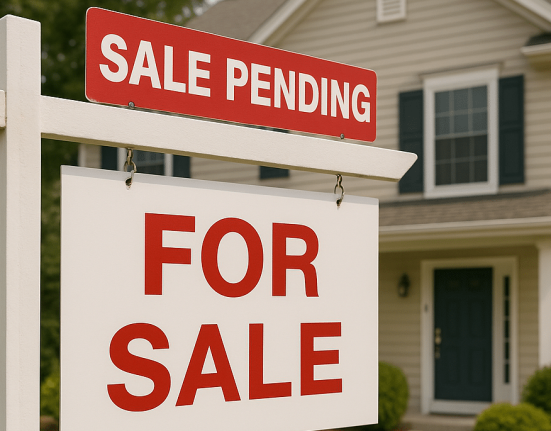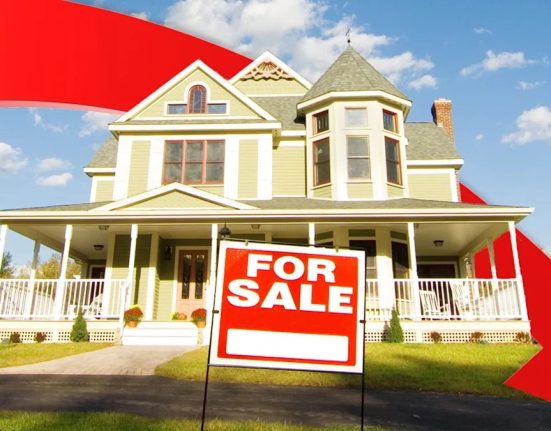Benzinga and Yahoo Finance LLC may earn commission or revenue on some items through the links below.
Having no mortgage used to be the gold standard for the American Dream—quiet proof that you “made it.” No bank note. No monthly payments. Just you and your paid-off house. But with nearly 40% of U.S. homeowners now mortgage-free, this version of the dream might be causing a few unintended nightmares.
Shop Top Mortgage Rates
According to the 2023 American Community Survey, 39.8% of homeowners—roughly 34.1 million households—own their homes outright, a jump from 32.8% in 2010. It’s the highest level of mortgage-free homeownership in 13 years.
Don’t Miss:
But here’s where it gets complicated: this isn’t a brand-new trend. The numbers have been steadily climbing for over a decade. A 2024 report from the National Association of Home Builders confirms this shift, highlighting regional pockets of mortgage-free ownership—especially in Southern districts like Texas, Kentucky, Mississippi, and West Virginia, where lower housing costs and older populations dominate the map.
In fact, two-thirds of all mortgage-free homeowners in the U.S. are over 60. In contrast, homeowners under 35 make up just 5% of the mortgage-free crowd. Translation: Gen Z isn’t tossing out amortization tables just yet.
So why is this a problem?
It starts with the lock-in effect. Many of these homeowners locked in ultra-low mortgage rates during the pandemic—or even years before. Now that rates hover around 7%, the idea of selling and buying again feels like a financial downgrade. So they stay. And as they stay, inventory shrinks—especially for first-time buyers trying to enter the market.
Trending: This AI-Powered Trading Platform Has 5,000+ Users, 27 Pending Patents, and a $43.97M Valuation — You Can Become an Investor for Just $500.25
But the real issue isn’t just high rates—it’s that a growing number of homeowners simply don’t plan to move at all.
Older, mortgage-free homeowners are increasingly choosing to “age in place”—which sounds practical, but in reality, it takes move-up homes off the market and clogs the entire pipeline. It’s not just buyers who feel the squeeze. Fewer home sales means fewer jobs for contractors, real estate agents, remodelers, and the dozens of small businesses that orbit around residential turnover.


